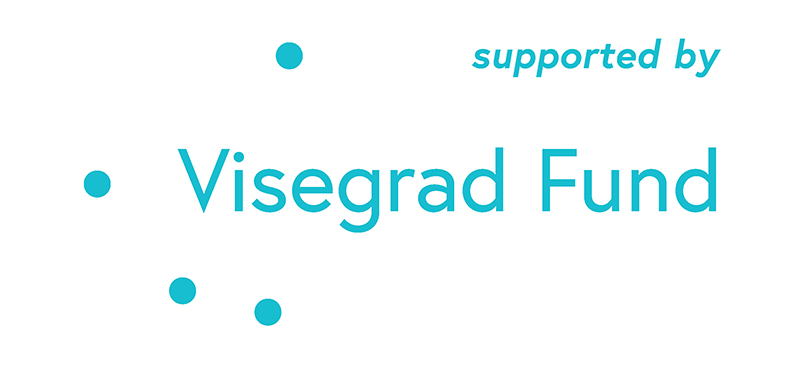Why do we do that?
Remote Sensing (RS) or Earth Observation (EO) is a crucial method and source of Earth´s spatial data. New challenges of RS utilization arise with ongoing climate change and scientific development in environmental sciences. A typical example and opportunity for RS is the various-scale multi-sensor detection of forest disturbances, where early detection of pest infestation at the level of individual trees is a crucial step for precise and efficient forest management. Spatial resolution and flexibility of Unmanned Aerial Vehicles (UAV) make the task accessible and offer benefits for various target groups. For environmental tasks across large areas, satellites offer society-wide benefits; however, its potential for small scale tasks is still not fully utilized, such as for delineation of core areas of pest infestation and to study the spatial-temporal dynamic of pest infestations. A typical example related to forest disturbances is an ongoing bark beetle outbreak in central and eastern Europe. RS-based detection of biotic forests infestation has become a topic of several ongoing national research projects within V4 consortium partners. Appropriate communication channels and opportunities such as a communication platform and knowledge base within V4 countries are, however, still missing. For successful scientific work and further educational process, an exchange of knowledge, as well as active research cooperation, is crucial.
The Idea
The idea is to interconect knowledge and experience of the partners in order to apply synergic using remote sensing data in the study of vegetation. The aim is to connect the researcher (or research institutions) across Europe and build-up a cooperation network for the wide study of these phenomena. Following activities are connected with sharing, improvement and mitigation of knowledge of vegetation health monitoring by RS in a different environments as well as to establish the future mutual research cooperation in the field of RS environmental applications (sharing spatial data and algorithms, acquisition new spatial data in the different environment, student exchanges, administration of international projects and writing scientific publications, etc.)
Why VisegradFund?
Although disturbances have usually been a large-scale challenge and are centrally managed at the national level (e.g. a pest outbreak), the final decision and appropriate steps still lie with the local authorities and forest/field owners. Therefore, the issue of precise detection of infested trees together with spatiotemporal studies must be arranged at the regional/local level. The effect for the region and its citizen is obvious; a struggle with biotic outbreaks effectively brings apparent economic and environmental aspects. Addressing the issue at a regional level helps to protect the ecosystem and state budget at the supranational level.
Follow-up activities
The webpage of the proposed idea is available for broad public. A comprehensive report collecting the project outcomes will be distributed or offered to the owners and decision-makers. Proposed outcomes will be available at the EaRSEL scientific network to share the ideas across the scientific stuff. The outcomes will be offered to the PEFC organization, which is close to the forest owners and administrations. Interested participating students may apply acquired knowledge during their scholarships or internships and after during their professional work.
The ideas of the proposed project will be continuously developed via testing advanced scientific solutions and discussions with administrations and owners. Based on the project outcomes international project will be prepared. The applicant would like to apply for the Norway Funds to explore different environments across the Europe and to find other possibilities of applicating the proposed outcomes.
Acknowledgements
The project is co-financed by the Governments of Czechia, Hungary, Poland and Slovakia through Visegrad Grants from International Visegrad Fund. The mission of the fund is to advance ideas for sustainable regional cooperation in Central Europe.
